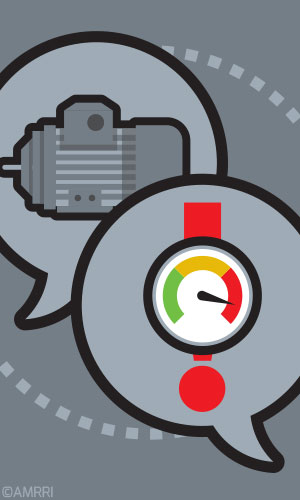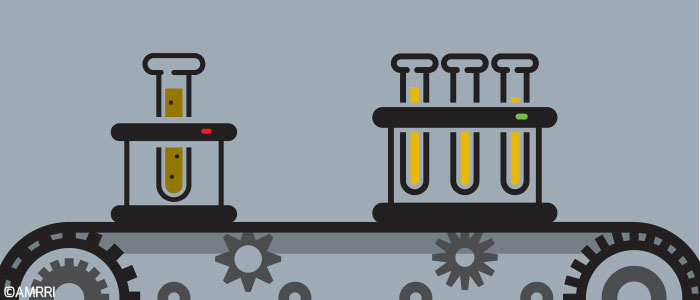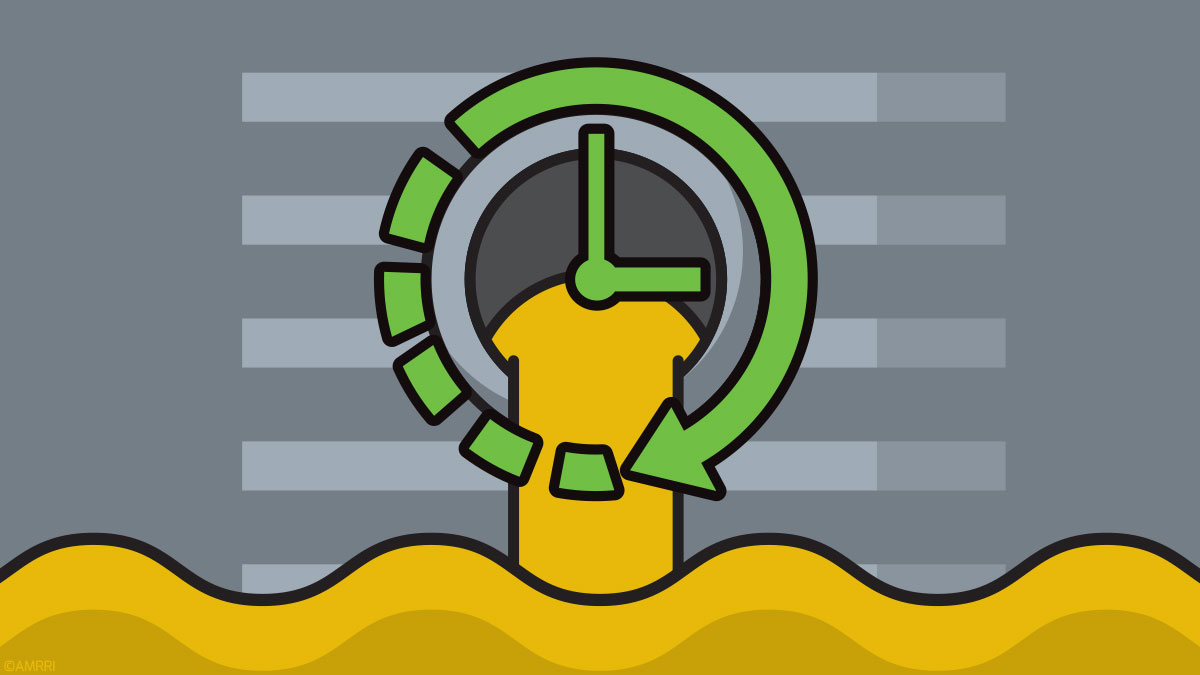With the current price of lubricants, and the supply chain issues limiting the supply, we often hear our fluid analysis customers express the need to extend their lubricant drain intervals. In many cases, this is a very achievable goal, but it does require changes to the organization’s maintenance practices, or the results can be disastrous.
I first learned about equipment maintenance while part of the 181st Fighter Wing supporting F4E and F16C aircraft. In the fighter wing, our mission was simple “Bombs on Target and On Time.” It sounds simple until you realize all the coordination and mission planning it takes to achieve successful execution. I learned that you must have 1) communication, 2) adequately trained personnel and 3) a feedback loop.
So what is Precision Lubrication? Simply put, it is “Delivering the Right Lubricant to the Right Place at the Right Time.” Precision lubrication is required for a successful extended drain program, and much like the fighter wing, you need to make sure you communicate clearly, your team goes through adequate training, and a feedback loop is provided for successful execution.
Communication of Information
 First, let us talk about the vital importance of communication. The reality is that quality lubricants can hide poor maintenance. With a routine drain interval, if you miss a PM or operations will not provide access to the equipment, you have the cushion to go further without consequence.
First, let us talk about the vital importance of communication. The reality is that quality lubricants can hide poor maintenance. With a routine drain interval, if you miss a PM or operations will not provide access to the equipment, you have the cushion to go further without consequence.
Once you extend the drain intervals, you must ensure your PMs are executed as scheduled. For this to happen, we, as a fluid analysis laboratory, will need proper equipment and maintenance information.
This is where the CMMS system plays a vital role; it is an essential component for tracking and scheduling the delivery of your precision lubrication. It will be critical to have accurate information on the current operating hours of each piece of equipment so you can ensure on-time delivery. Clear communication with operations on scheduling downtime and removing equipment from operation to perform the maintenance will be critical.
Training is Key to Success
Second, let us talk about training. In many organizations, the newest technician or operator will handle equipment lubrication. Lubrication is the lifeblood of the equipment and plays a critical role in successful equipment operation and, when done poorly, can have disastrous results.
Establishing standard work procedures for how lubrication will be done and having an effective training program to educate and audit on performing standard work is critical. In addition, your training program should go beyond lubrication and cover proper storing and handling and precise identification to ensure the right lubricant is being delivered and used within the equipment.
In reality, extending drain intervals comes down to implementing behavioral changes across the entire team. Training needs to go beyond equipment operators to include management and operations so that the whole team understands the operational risks when maintenance is not performed on time.
Feedback Loop with the Laboratory
Lastly, we need to have a feedback loop in place. A feedback loop is the part of a system in which some portion of the system’s output is used as input for future operations. In the case of an extended drain program, a robust fluid analysis program is needed to monitor the fluid and the equipment as part of the feedback loop.

By pulling routine fluid samples and submitting them to a laboratory, we receive the information we need to make proper recommended adjustments and determine the optimal drain interval for equipment and operations.
We must be running the appropriate testing that will tell us about the remaining life of a lubricant. Additional tests that you may need to add to your routine oil analysis depend on the type of equipment you have but could include Acid Number, Base Number, and Oxidation.
Preventive Maintenance vs. Condition Monitoring
This is an excellent place to determine if we will have a preventative maintenance or condition-monitoring program. With a PM-based program, samples are collected, and oil changes are done based solely on time and maintenance schedules.
With a true condition monitoring program, samples will be pulled at a set interval, but the lubrication will only be changed once the sample report indicates that it is time to change the fluid. This program offers the greatest potential return, but it requires action when a sample report comes back.
As you look to extend your drain intervals, take a hard look at your program. Be sure to critically review your communication, training, and feedback loop to ensure that your organization is ready to deliver precision lubrication. All of us at POLARIS Laboratories® are excited about being part of Precision Lubrication magazine and being a partner to help you advance your lubrication program so that you can “Deliver the Right Lubricant to the Right Place at the Right Time.”
Learn more about the services POLARIS Laboratories® provides by visiting polarislabs.com.








